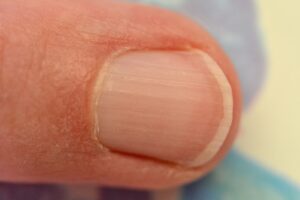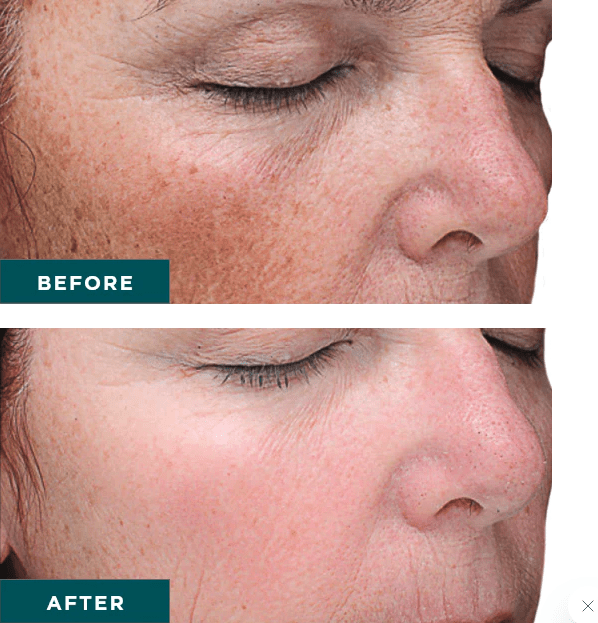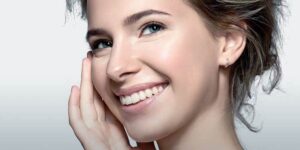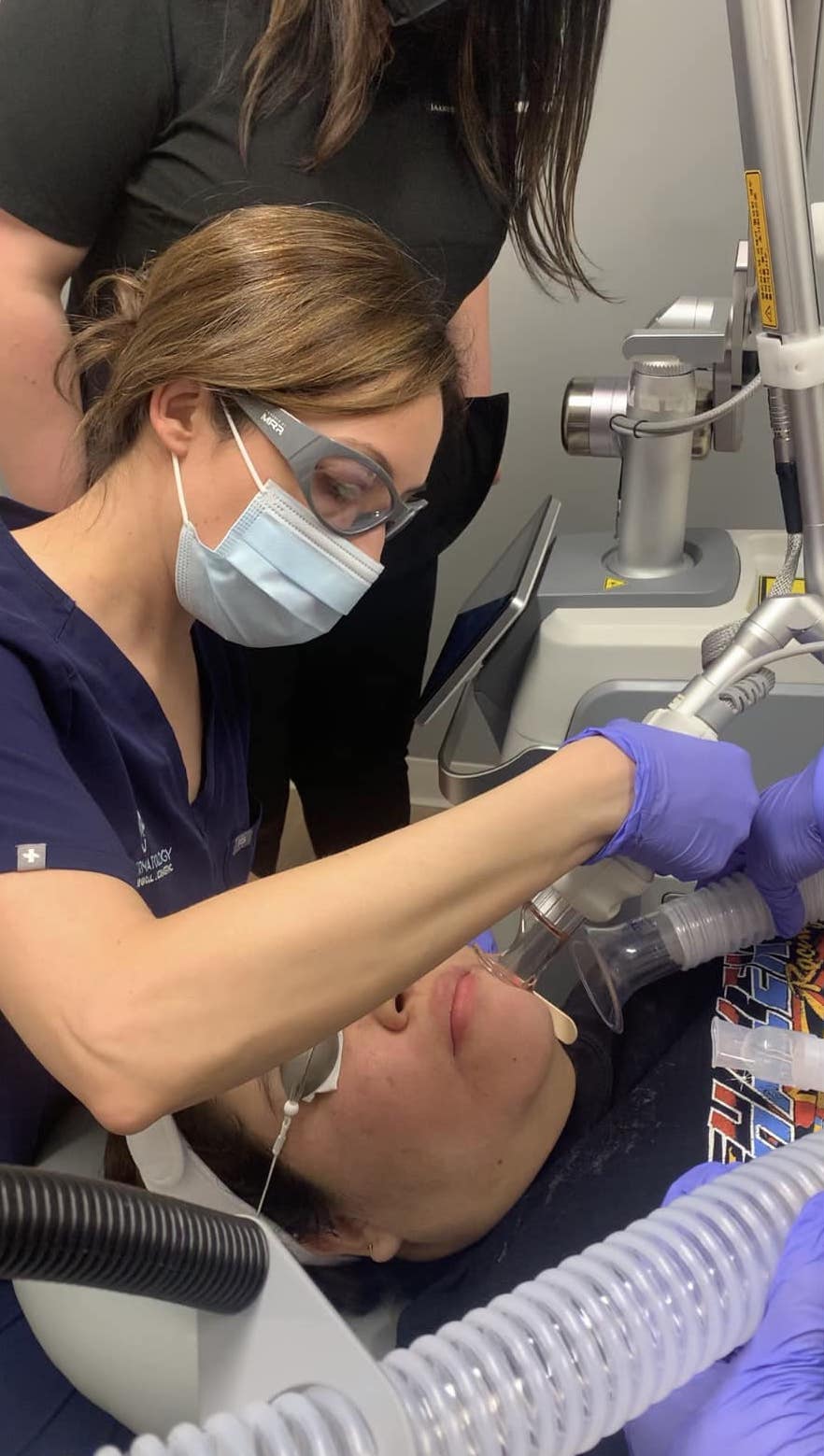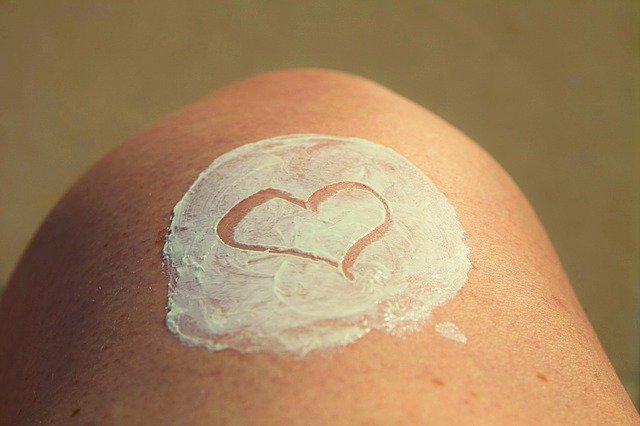
Sun Protection FAQ
Today, everyone is aware of how vital it is to protect themselves from the damaging effects of the sun. Here are some facts you will find useful about sun safety.
What are broad-spectrum sunscreens?
The two types of ultraviolet (UV) rays that are emitted by the sun are UVA and UVB rays. UVA rays are responsible for premature skin aging, including wrinkling and age spots. UVB rays cause sunburn. Both are capable of causing skin cancer. Your best bet for all-around protection is to look for a broad-spectrum sunscreen, which protects you from both types of rays.
What doe SPF stand for?
SPF stands for “sun protection factor,” a measurement of just how much a sunscreen will protect you from UVB rays. That’s why you should look for a sunscreen with a rating of SPF 30 or higher. SPF 30 protects you from 97 percent of these rays.
What does UPF stand for?
UPF (ultraviolet protection factor) is a ranking used for photoprotective clothing and hats. It’s analogous to the SPF rating in sunscreen. For example, a UPF rating of 25 means that the clothing allows 1/25 (four percent) of UV rays to penetrate the fabric, 50 (1/50) lets in two percent, and so on.
What’s the difference between chemical and mineral sunscreens?
The short answer is that chemical sunscreens contain man-made ingredients such as oxybenzone and avobenzone, while mineral sunscreens use naturally occurring ingredients such as zinc oxide and titanium dioxide. Chemical sunscreens are absorbed into the skin and a resulting chemical reaction dissipates the sun’s rays. Mineral sunscreens stay on top of the skin and simply deflect UV rays. While chemical sunscreens can appear invisible, mineral sunscreens give that white, slathered-on appearance because they remain on the skin’s surface. The American Academy of Dermatology recommends wearing SPF 30 daily.
Can you use sunscreen on babies?
The FDA recommends not using sunscreen on babies younger than six months. The reason is that their skin is still immature and more susceptible to irritation. The best thing to do is to keep them covered up and shaded. For children older than six months, mineral sunscreen is definitely recommended for the same reason.
What is nicotinamide?
Also known as niacinamide, this is a supplement that may protect against certain types of skin cancers. Although further studies are needed, preliminary evidence suggests that it may prevent lesions in people with sun-damaged skin. It also may offer some UV ray protection, but the use of sunscreen is still recommended.
What is Heliocare?
Heliocare is derived from the Polypodium leucotomos fern (native to Central and South America) that has developed its own protection against free radicals in the environment. It’s available as a nutritional antioxidant supplement that is taken once daily.
What’s the best advice for sun protection?
Dr. Karla Muñoz of Vista Dermatology says, “The best way to protect yourself from the sun is to just stay out of it, but that doesn’t mean you can forego sunscreen. If you must be outside, it’s best to be well-protected, seek out shade and avoid peak sun hours.”
If you have previous skin damage from the sun and would like recommendations on the best treatments or would like to schedule a thorough, full skin exam, contact us.

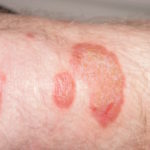 Previous Post
Previous Post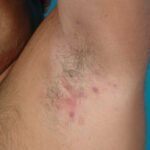 Next Post
Next Post